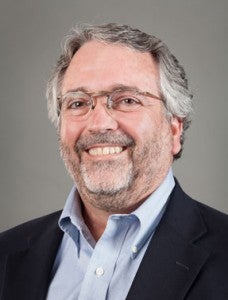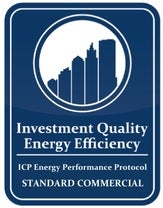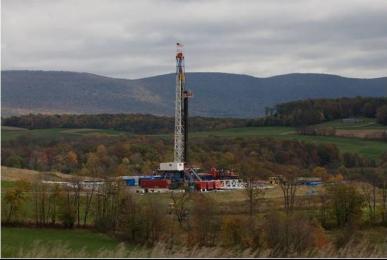This commentary originally appeared on EDF’s Climate Corps blog.
By: Sitar Mody, Senior Manager of Strategy, Environmental Defense Fund
 Today, EDF Climate Corps is thrilled to launch a major initiative to accelerate energy performance in buildings in the city of Chicago.
Today, EDF Climate Corps is thrilled to launch a major initiative to accelerate energy performance in buildings in the city of Chicago.
Chicago is a beautiful city. Chicago is an historic city. Chicago is also a city with a clear and powerful dedication to advancing energy efforts citywide. Many buildings in Chicago are already on a path to greater energy management having committed to Retrofit Chicago – the city’s premier initiative to help buildings reduce their energy use by 20% over 5 years.
EDF’s new Building Energy Initiative in Chicago will complement Retrofit Chicago by giving building owners and operators the “boots on the ground” to sustain their commitments and facilitate access to advanced energy markets – all to save money and the environment.
EDF is recruiting 50 buildings in the city to participate in EDF Climate Corps and developing a robust network for building owners and operators to accelerate adoption of leading energy management practices and gain confidence in implementing innovative investments. We also have two experts, Devesh Nirmul and Ellen Bell, on the ground in Chicago to provide year-round technical support.




